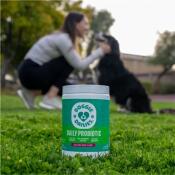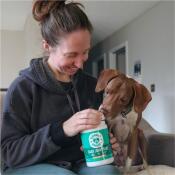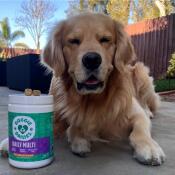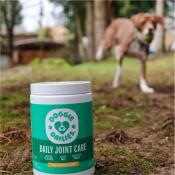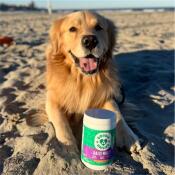With their higher energy, Pembrokes may require more calories than Cardigans, especially because the latter breed can easily become overweight. The AKC recommends giving Cardigans two smaller meals each day to aid digestion.
When it comes to grooming, Cardigans need only weekly brushing and trimming of their nails and the fur around their feet. Pembroke Welsh Corgis are a bit more demanding because of their double coat — it requires daily brushing with a slick brush and can shed quite a bit. Bathing your Pembroke during shedding season helps to reduce this.
They enjoy a good walk, and Pembrokes especially want a job to do. However, their legs are too short for them to join you on bike rides, so stick to daily walking or jogging. If you notice your Cardigan zooming around the house — an activity known as "trapping" — it's time for exercise. Cardigan Welsh Corgis love toy balls and socializing, and regular trips to the dog park are a great way to give them both! Note that stairs and excess jumping can cause back injuries in Cardigan Welsh Corgis.
Both breeds can benefit from training, which helps them socialize and release energy. Training may include herding, obedience or agility activities. Pembrokes and Cardigans alike love positive rewards, which will help ensure they are well-behaved.


